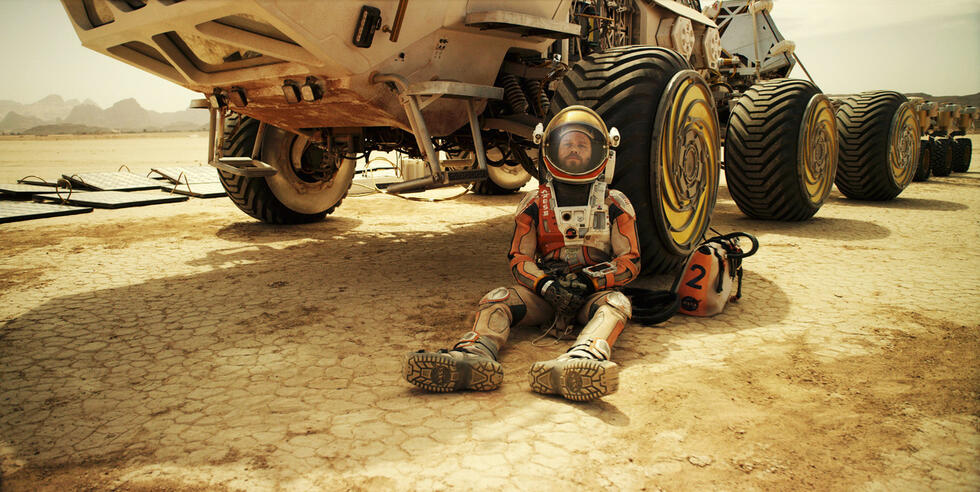Here comes the mouse!
The computer mouse was invented in the early 1960s. However, it did not begin its triumphal advance until two decades later. Hence its inventor, Douglas C. Engelbart, no longer had much to do with this success story. But a certain Steve Jobs did.
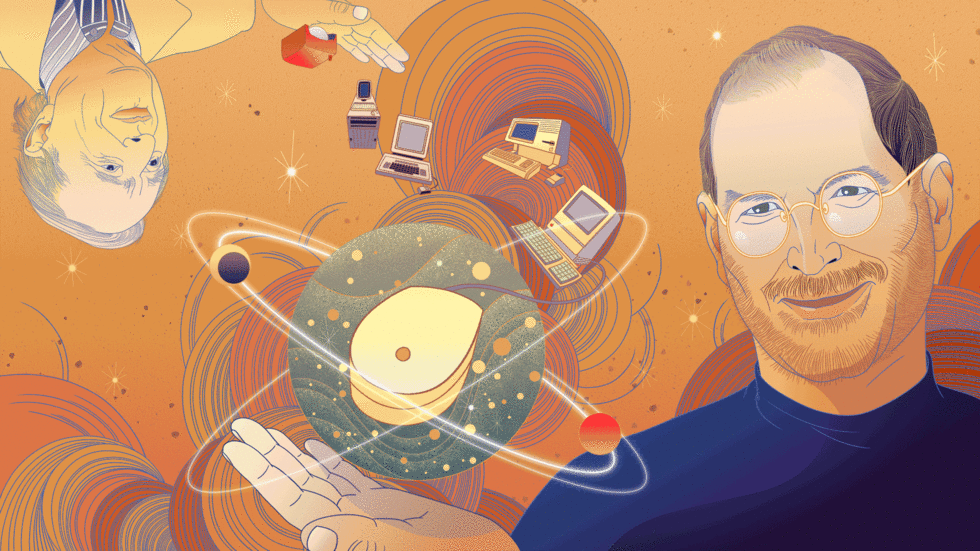
New York, 1961: Douglas C. Engelbart, 46, takes part in a conference on computer graphics. It is a topic for visionaries. Because computers of the day are not yet capable of displaying shapes and colors; they only really deal with letters and numbers. Douglas C. Engelbart, an engineer, is convinced that this is likely to change. He pulls his notebook from his breast pocket and starts sketching. Engelbart knows: The more that graphic representations and the digital world grow together, the more important it will become to have a device to control this connection. Engelbart’s very first sketch of this device is finished even before the conference is over: the mouse.
With this brainwave, the father of the mouse lays the foundation for simpler and thus more democratic use of computers. At that time, interaction with computers is still based on punched cards or long, complicated keyboard commands. The privileged few who have access to a computer have no problems with this. In this form, however, the computer would never have become a tool for the masses. The mouse would change all of this.
A wooden box with two wheels
In 1964 the prototype of the computer mouse is ready: a wooden box about the size of two cigarette packets with a red button on the top. Inside are two toothed wheels – one on the x-axis and the other on the y-axis. It is connected to the computer via a cable.
Actually, I thought that at some point a more dignified name for the device would catch on
Even back then, the term “mouse” became established among the developers involved in the project at the Stanford Research Institute (SRI). Looking back, Engelbart recalls: “Actually, I thought that at some point a more dignified name for the device would catch on.” Far from it, the mouse remained the mouse.
Xerox fails to recognize the potential
In 1968 Engelbart presents his invention to the public. His presentation will later go down in the history books as the “mother of all demos”. Two years later, a patent is granted for the mouse. However, since graphic user interfaces are not yet widely available, the computer mouse does not immediately begin its triumphal advance.
Its technology is developed further by one of Engelbart’s research colleagues, William English, who moved from SRI to the Xerox’s Palo Alto Research Center in the 1970s. He combines Engelbart’s ideas with an innovative device from Germany: the Telefunken rolling ball controller.
The rolling ball mouse is first used in 1973 with the Xerox Alto. The Alto is the first computer to feature a graphical user interface and mouse control. However, it was not intended for the commercial market and was never for sale. In retrospect, developers from that time criticize that the Xerox executive management in New York simply failed to recognize the potential of the technology.
The mouse is not used commercially until 1981 with the Xerox Star computer. But this system is simply too expensive to be a commercial success: The mouse alone costs 400 dollars, the computer interface another 300. The Xerox Star is a flop.
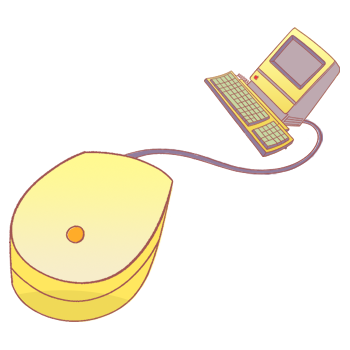
Steve Jobs steps in
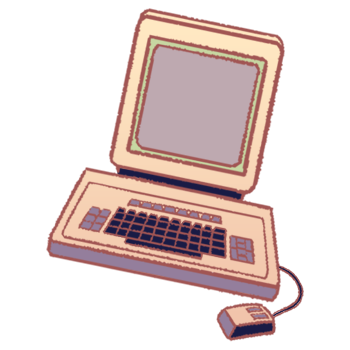
It takes a visionary like Steve Jobs, the founder of Apple, to transfer the mouse from the development lab to almost every desk in the world. Xerox invites Jobs, who had just gained fame with the Apple II, to the Palo Alto Research Center and shows him the graphic user interface and the mouse, along with various other technological innovations. What Steve Jobs takes away from his visit: “Within 10 minutes it was obvious to me that this is how all computers would work one day,” he recalls many years later.
By selling Apple shares, Steve Jobs secures the right to technical demonstrations of the Xerox innovations. Unlike Xerox, the team at Apple recognizes the significance of the mouse and graphical interface. Finally, Apple licenses the technology.
Dean Hovey designs the first Apple mouse. He recalls Steve Jobs giving him the following specifications: The device’s manufacturing costs should be less than 15 dollars, it should not break for at least two years, and must work on most desk surfaces – and on Steve Jobs' jeans-clad thigh.
Waltzing through with the Macintosh
In 1983 the mouse has finally come of age. Lisa is launched on the market. It is the first Apple computer to be delivered with a mouse. But at around 10,000 dollars, it is very expensive. Success only comes with its successor: the Macintosh, which is produced from 1984 onwards and is sold for less than 2,500 dollars. 70,000 units of its first series are sold in just a few months. Equipped with a further development of the Lisa mouse, it is regarded as the first microcomputer with a graphic user interface. With it, the mouse – and thus also the personal computer – finds its way into offices and home offices around the globe.
So the mouse was actually invented by other people. But Steve Jobs recognized how easy and efficient it made the use of a computer. “Pointing” is a universal metaphor. In an interview in 1985, he illustrated this by means of an example: “If I want to tell you there is a spot on your shirt, I’m not going to do it linguistically: ‘There’s a spot on your shirt 14 centimeters down from the collar and three centimeters to the left of your button.’ If you have a spot – ‘There!’ – I point to it.”
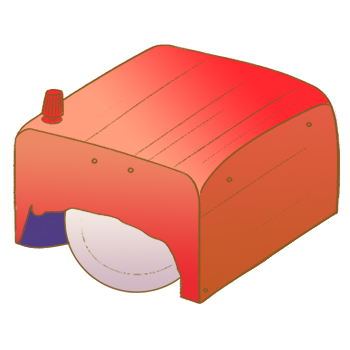
Timeline
- 1961: Douglas C. Engelbart sketches the very first mouse.
- 1963/64: A prototype is developed at the Stanford Research Center.
- 1968: Engelbart presents his mouse to the public.
- 1970: The mouse is patented.
- 1973: The Xerox Alto is the first computer to feature a rolling ball mouse.
- 1979: Steve Jobs sees the mouse and graphical user interface during a visit to Xerox.
- 1981: The Xerox Star business computer is launched – it comes with an extremely expensive mouse.
- 1983: Apple’s Lisa is the first computer to be controlled almost exclusively by mouse.
- 1984: The Macintosh computer marks the breakthrough of the mouse and the graphical user interface.
Written by:
Illustration: Adela Li


